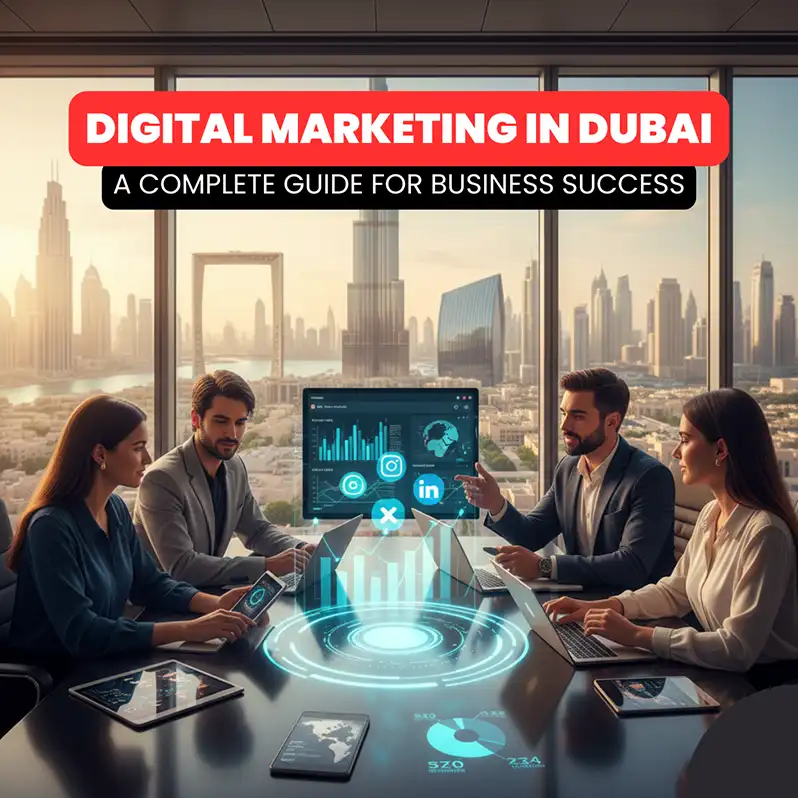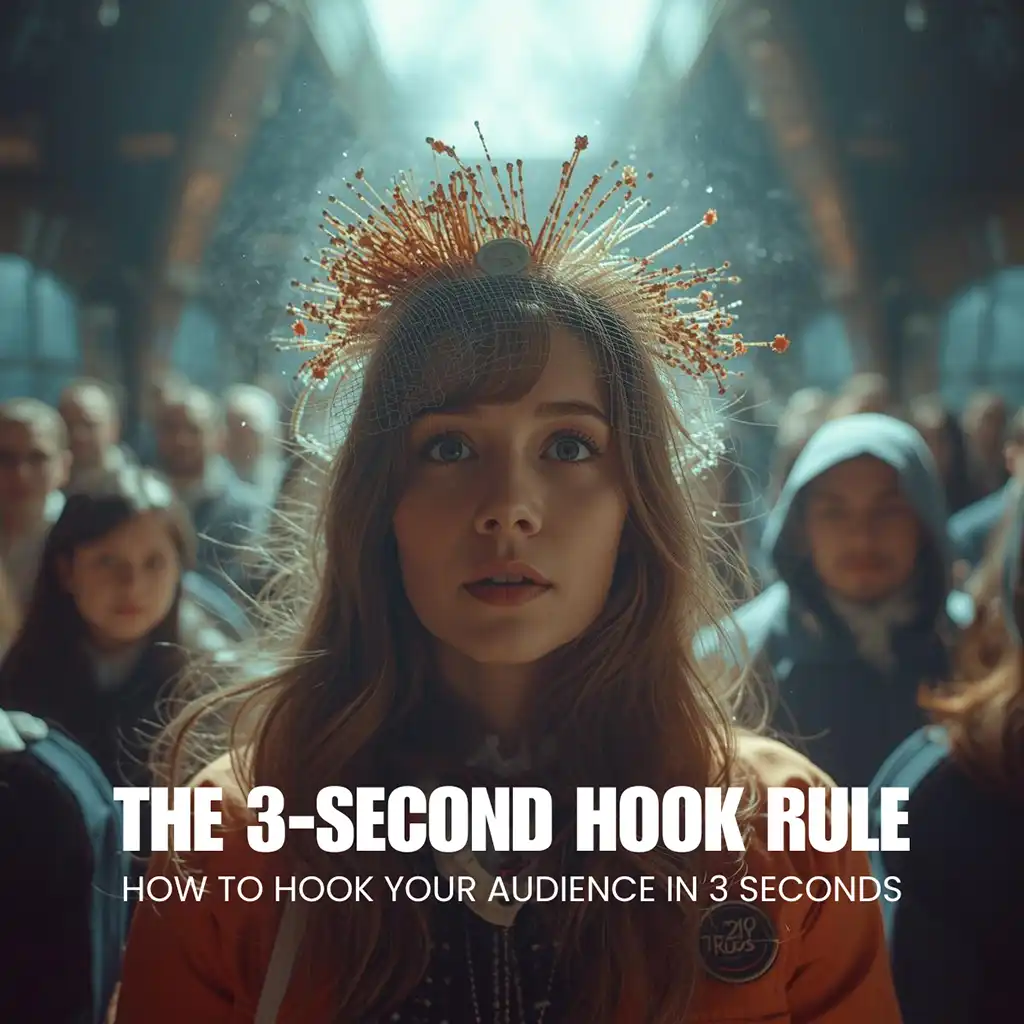Explore the key differences between digital and traditional marketing, and discover which approach delivers better results in today’s fast-evolving landscape.
Digital marketing is quickly changing the advertising landscape. By 2025, it is projected that 73% of all advertising budgets will go to digital channels. This marks a significant change in how businesses promote their products and connect with customers. Understanding the difference between Traditional Marketing vs. Digital Marketing is now more important than ever.
Traditional marketing uses proven methods like TV commercials, radio ads, print publications, and billboards. These tactics have helped build global brands over time. Digital marketing, on the other hand, uses online tools like social media, email, websites, and search engines to reach and engage customers.
Knowing how digital marketing differs from traditional marketing helps businesses make smarter decisions, especially in terms of cost, targeting, engagement, measurement, and flexibility. Let’s explore the key differences between these two approaches.

One of the most noticeable differences in the Traditional Marketing vs Digital Marketing debate is the cost.
Traditional campaigns usually come with high upfront expenses. Creating and airing a TV commercial, buying radio spots, or renting billboard space can be very expensive.
Digital marketing provides better budget control. A business can run Facebook ads for as little as $50 or start Google ads at $100. The pay-per-click model means that you only spend money when someone shows interest. This makes digital marketing a better option for small businesses and startups.
Additionally, digital campaigns often achieve much higher ROI. Since they can be tracked and adjusted in real time, they waste less money and reach more relevant audiences, which traditional marketing rarely accomplishes. Research by the Content Marketing Institute shows that brands investing in content-driven digital campaigns see higher long-term ROI than traditional ad buys.
Traditional marketing casts a wide, general net. A radio ad, for example, reaches anyone tuned in, regardless of their interests. You can choose time slots wisely, but it’s still a general approach.
Digital marketing, however, excels at targeting. Platforms like Google and Facebook allow advertisers to reach people based on interests, demographics, behaviors, and even life events. Want to target new homeowners in Dubai? You can. Want to reach people who recently searched for hiking gear? That’s possible too.
Personalization takes this a step further. AI can show custom messages to different users. A returning visitor might see a special discount, while a new visitor sees an introductory offer. This level of targeting is one of the biggest strengths in the Traditional Marketing vs Digital Marketing comparison.
Traditional marketing is like shouting into a crowd. You put your message out there through TV, radio, or print, and hope people pay attention. There’s no way for customers to respond immediately or engage with your brand in real-time.
Digital marketing creates real conversations. Customers can comment on your social media posts, share your content with friends, ask questions through live chat, and create their own content about your brand. This two-way communication builds stronger relationships and trust.
User-generated content (UGC) is a perfect example of this difference. When customers post photos using your product or write reviews, they become part of your marketing team. This authentic content often performs better than professional ads because people trust recommendations from real users more than company messages.
Traditional marketing makes it difficult to measure results. You might know how many people watch a TV program, but you won’t know how many actually saw or cared about your ad.
In contrast, digital marketing provides real-time insights. You can track views, clicks, conversions, time spent on pages, and more. You can quickly adjust campaigns based on what works and what doesn’t. This data-driven approach is one of the strongest arguments in the Traditional Marketing vs Digital Marketing debate.
Traditional marketing formats are mostly limited to TV, radio, print, and billboards. While they can be effective, they don’t offer much variety.
Digital marketing opens the door to blogs, videos, infographics, live streams, podcasts, and interactive content. Whether you want to inform, entertain, or convert, there’s a format that works. This flexibility gives businesses more ways to connect with different types of audiences.
Traditional marketing formats are limited and static. Print ads are pictures and text on paper. Radio ads are audio only. TV commercials combine video and audio but follow standard formats. Billboard space constrains creativity to simple, bold messages.
Digital marketing offers endless content possibilities. You can create blog posts, videos, infographics, interactive quizzes, augmented reality experiences, live streams, podcasts, and more. Each format serves different purposes and appeals to different audience preferences.
Video content particularly shows this difference. While TV commercials are expensive and need to fit standard time slots, digital videos can be any length. Short-form videos work great on TikTok, while longer educational content performs well on YouTube. This flexibility helps brands tell their stories more effectively.
Traditional marketing is limited by geography. A radio ad plays in a specific region. A print ad appears in one newspaper.
With digital marketing, your reach is global from the start. A small business in Sharjah can attract customers from Europe, Asia, or the US. This advantage is significant for companies wanting to grow beyond their local area.
Consumer behavior has shifted dramatically toward digital channels. More people shop online, research products on their phones, and discover new brands through social media. This change picked up speed during the pandemic and continues to grow.
Today’s consumers have shorter attention spans and expect real, personalized experiences. They trust influencer recommendations and peer reviews more than traditional advertising. They want to interact with brands, not just receive messages from them.
Digital marketing fits well with these trends. Short videos grab attention quickly. Influencer partnerships seem more genuine than celebrity endorsements. Social media enables direct interaction with brands. Omnichannel strategies connect online and offline experiences smoothly.
Despite its benefits, digital marketing encounters specific challenges. Privacy rules like GDPR and CCPA restrict how companies gather and use customer data. This impacts targeting accuracy and campaign success.
Competition online is intense. Everyone can access the same tools, making it tough to stand out. Changes to algorithms on platforms like Facebook and Google can quickly lower your reach or raise your costs.
Digital marketing also needs new skills and ongoing learning. Traditional marketing professionals might find the technical parts of digital campaigns difficult. The rapid pace of change means that strategies that worked last year could be outdated now.
The luxury fashion industry shows how digital marketing differs from traditional marketing. During recent economic uncertainty, brands like Dior and Ralph Lauren shifted their focus from costly traditional advertising to digital engagement. They created engaging online experiences, collaborated with digital influencers, and used data analysis to better understand customer preferences.
This shift is evident in the advertising industry. Major agencies like Omnicom and IPG have merged and reorganized to emphasize digital capabilities. They are investing heavily in AI-driven marketing tools and data analysis instead of traditional creative teams.
Target’s predictive marketing system highlights the power of digital marketing. By using AI to analyze shopping patterns, they can identify customers who may be pregnant before they share the news publicly. This enables highly targeted marketing that traditional methods cannot achieve.
The Traditional Marketing vs Digital Marketing debate highlights how far advertising has come. Understanding how digital marketing is different from traditional marketing is essential for businesses aiming to maximize results. Digital marketing offers better returns, precise targeting, greater flexibility, and clearer insights into how campaigns perform. It allows for two-way communication with customers and provides content options that traditional marketing cannot match.
However, the most effective marketing strategies thoughtfully combine digital and traditional methods. An omnichannel approach that prioritizes digital while incorporating reliable offline channels often leads to the best outcomes. Traditional marketing still plays a role in building brand awareness and reaching audiences who prefer offline media.
The key is to evaluate your marketing strategy with a focus on digital principles while remaining flexible and centered on the consumer. Pay attention to where your customers spend their time, what content they engage with, and how they like to interact with brands. This customer-focused method, supported by the flexibility and measurement of digital marketing, will yield better results than relying only on traditional methods.
As the marketing landscape keeps changing, businesses that recognize and take advantage of these differences will gain a significant edge. The future is for those who can successfully blend the strengths of both approaches while embracing the unique opportunities that digital marketing offers.


